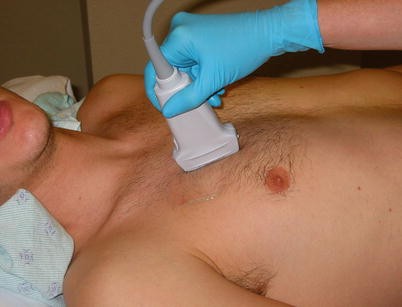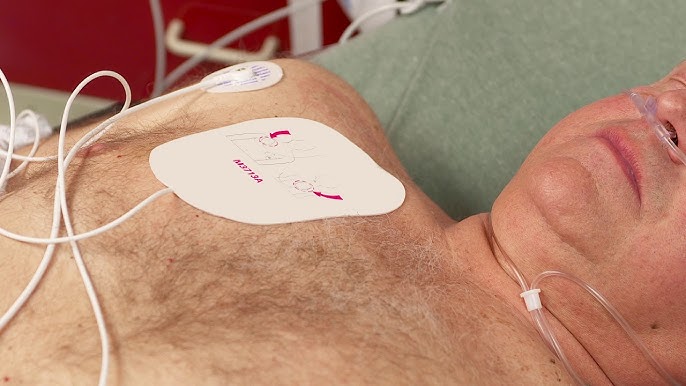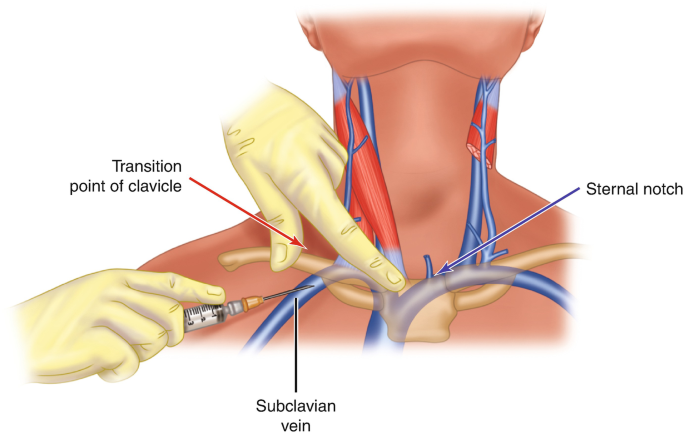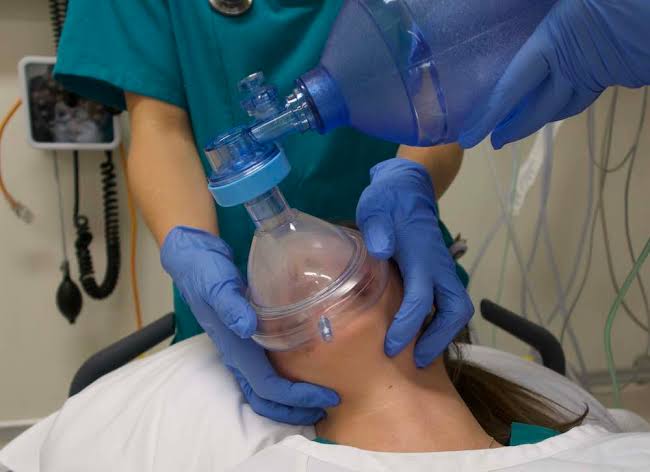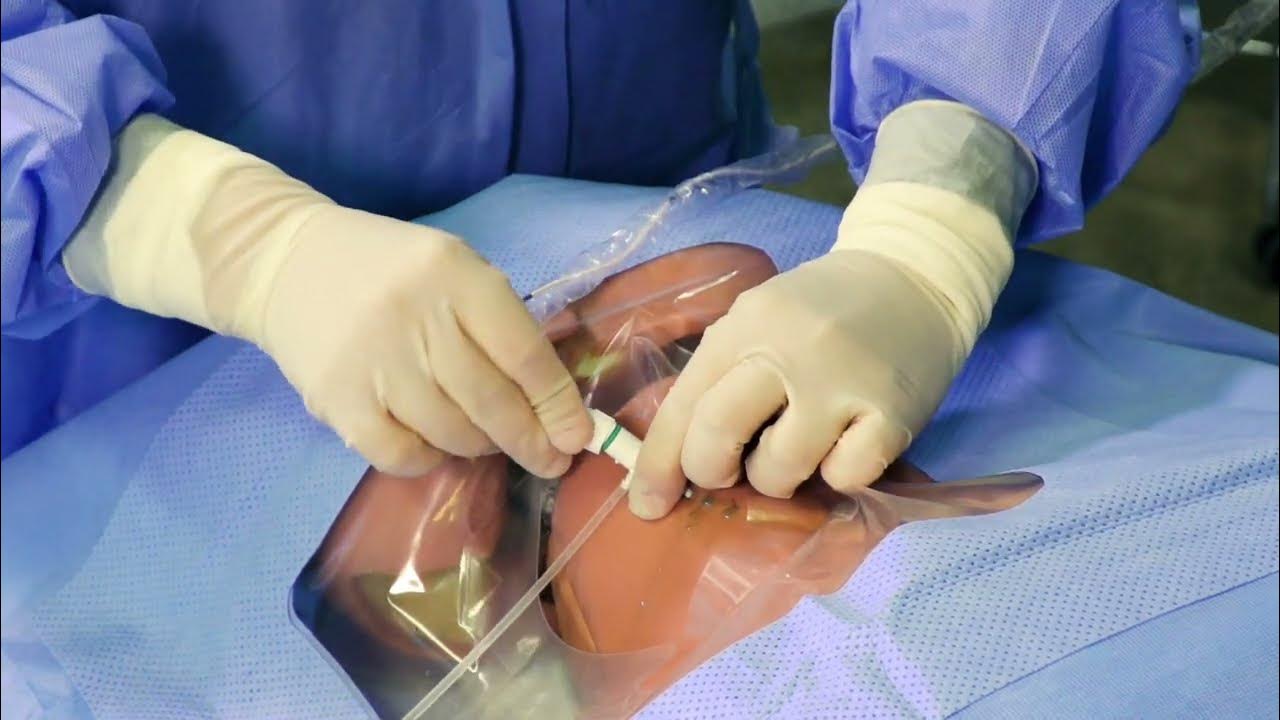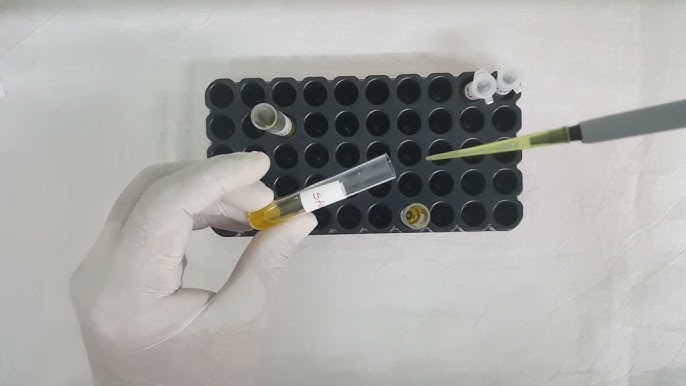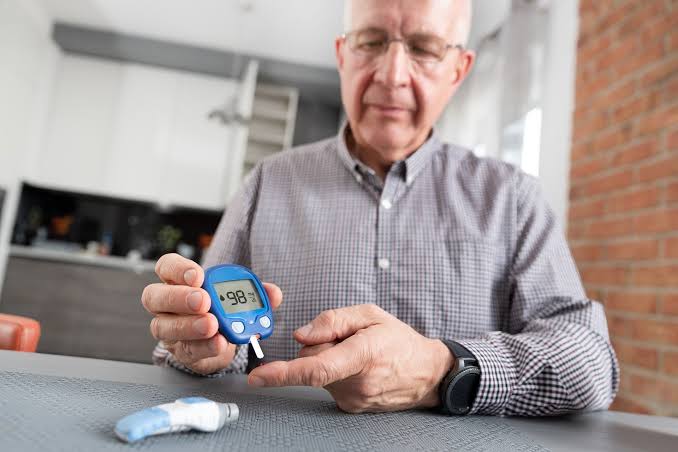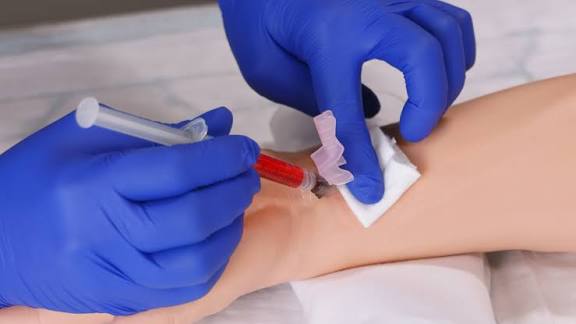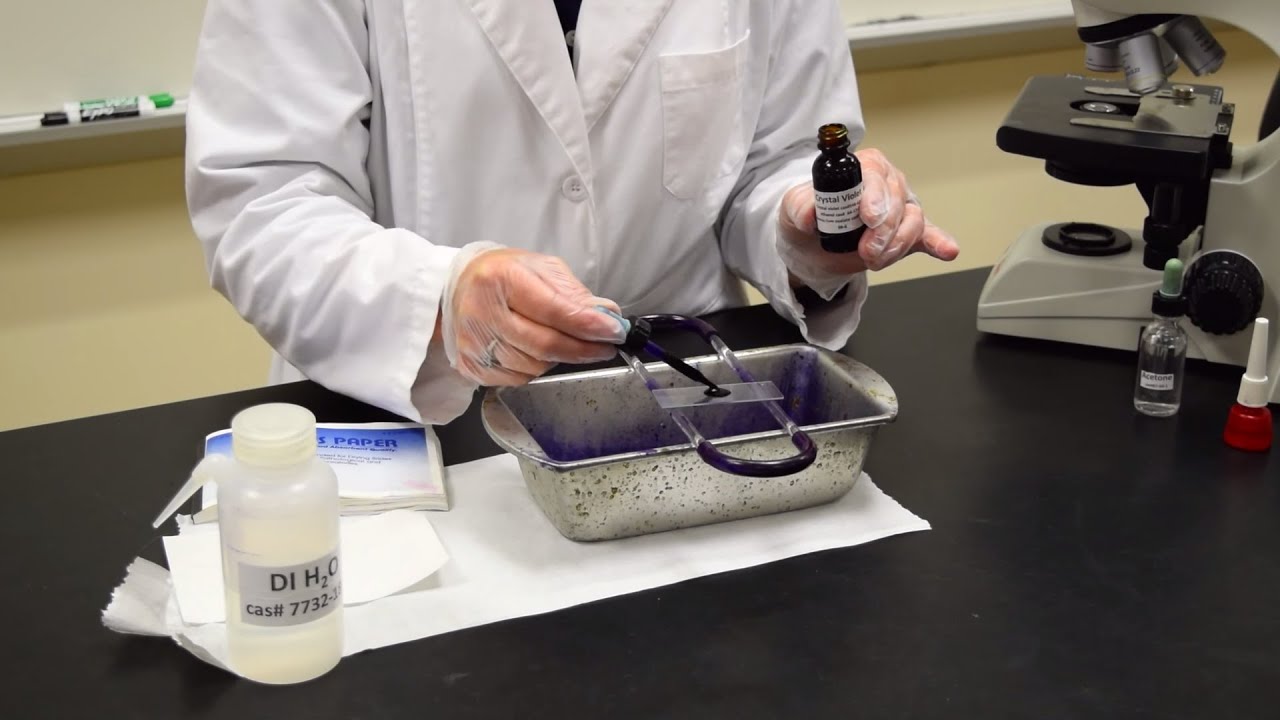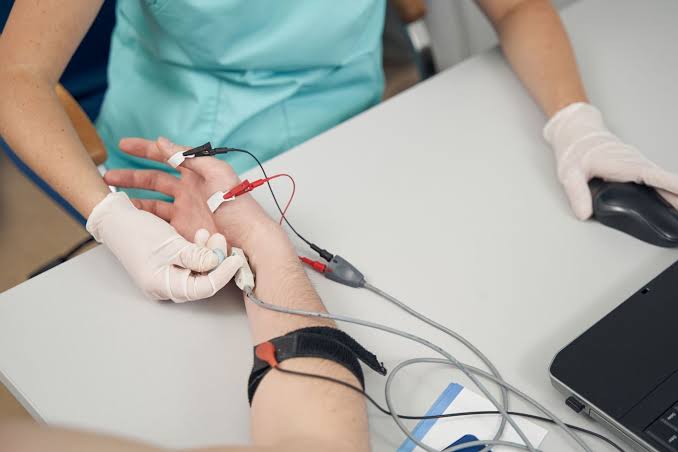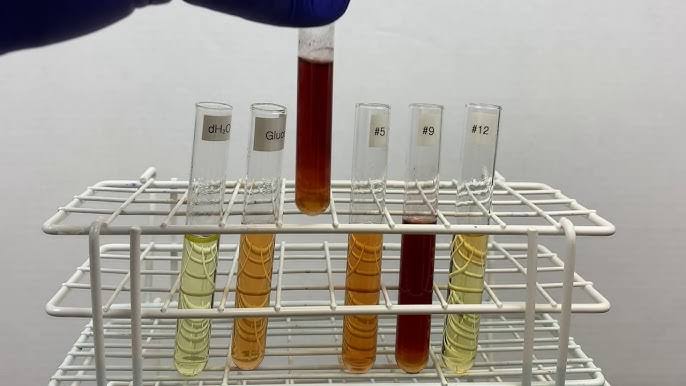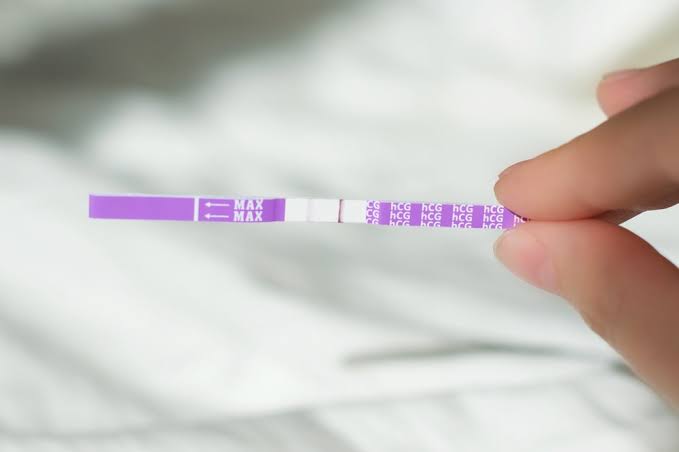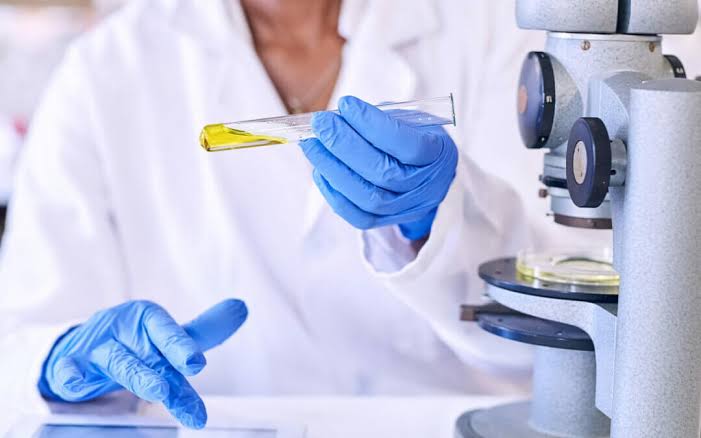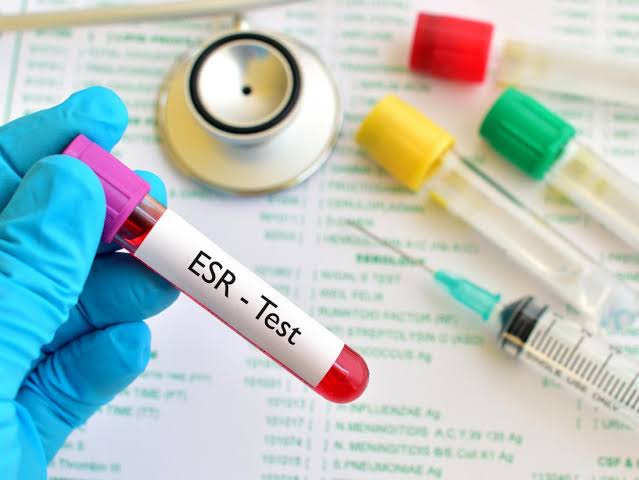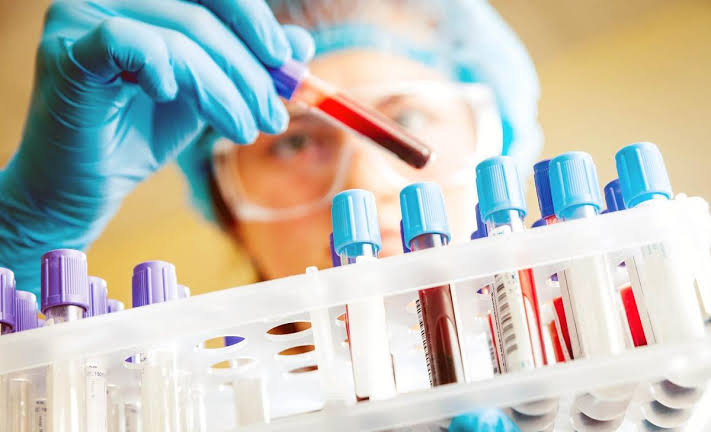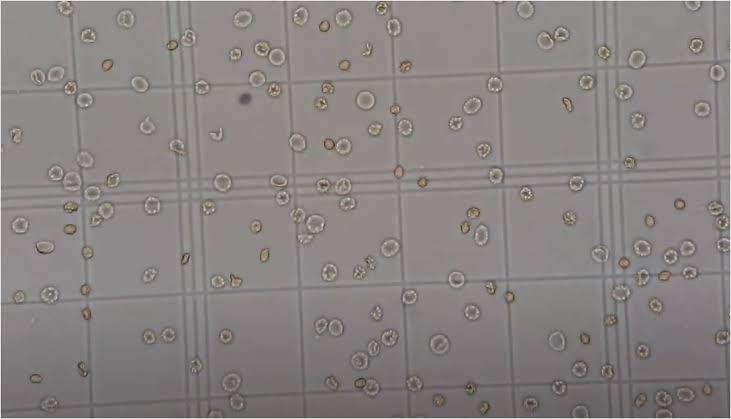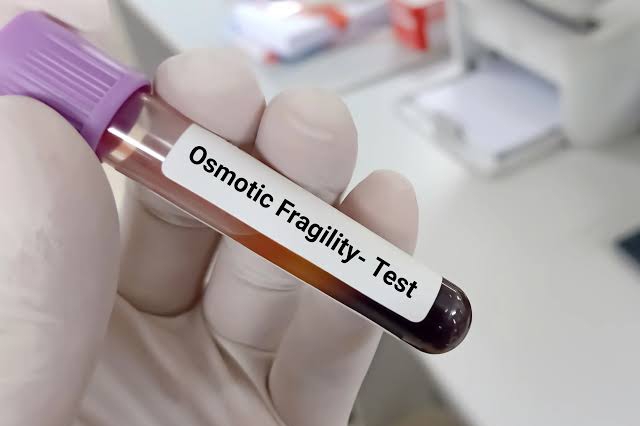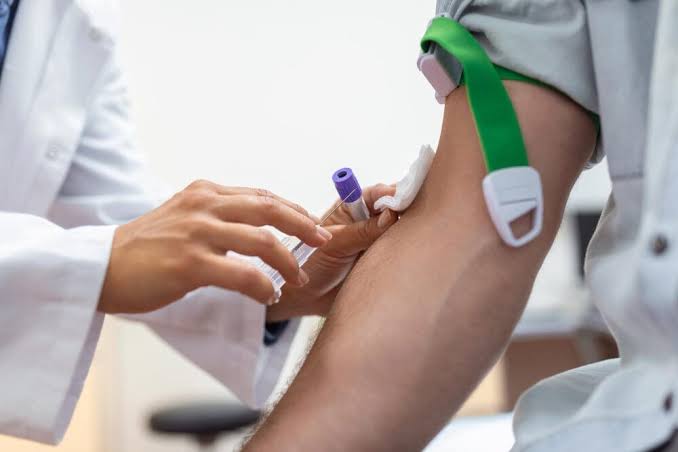Ultrasonography, a cornerstone of modern medical imaging, owes its diagnostic prowess to the judicious selection and skillful...
PRACTICALS
Synchronized electrical cardioversion (SCV) is a critical intervention utilized in emergency medicine and cardiology to terminate specific,...
The ability to secure immediate vascular access is paramount in critical emergencies, particularly in scenarios characterized by...
Noninvasive Positive Pressure Ventilation (NIPPV) represents a cornerstone of modern respiratory support, offering a method to augment...
The immediate management of a foreign body airway obstruction (FBAO), commonly known as choking, is one of...
The management of severe trauma demands rapid, accurate, and non-invasive diagnostic tools to identify life-threatening injuries. Historically,...
Transcutaneous cardiac pacing (TCP) is a critical, non-invasive method for temporarily overriding a patient’s intrinsic cardiac rhythm...
Intraosseous (IO) infusion is a rapid, safe, and effective method for obtaining vascular access in critically ill...
Percutaneous cannulation of a central vein is a cornerstone procedure in critical care medicine, emergency medicine, and...
Defibrillation is a critical, life-saving intervention used to terminate certain life-threatening cardiac arrhythmias by delivering a controlled...
Bag-valve-mask (BVM) ventilation is a critical life-saving technique used in pre-hospital and in-hospital settings to provide positive...
The continuous, real-time measurement of arterial blood pressure (ABP) via direct cannulation provides indispensable physiological data in...
The establishment of a definitive airway is the cornerstone of resuscitation in critically ill or injured patients....
The implantation of a transvenous pacemaker is a common and life-saving cardiovascular procedure designed to regulate the...
The autonomic nervous system (ANS) is a critical division of the peripheral nervous system that governs involuntary...
The microscopic examination of a peripheral blood film is a cornerstone of hematology, offering invaluable insights into...
Serum albumin is the most abundant protein in human plasma, accounting for approximately 50-60% of total plasma...
Plasma proteins, a diverse group of macromolecules synthesized primarily by the liver and also by plasma cells...
Accurate estimation of blood glucose levels is a cornerstone of diabetes management and crucial for diagnosing and...
The insertion of a nasogastric (NG) tube is a common medical procedure performed across various healthcare settings....
Arterial blood gas (ABG) analysis is a cornerstone of critical care and respiratory medicine, providing invaluable insights...
Acid-fast staining is a crucial differential staining technique employed in microbiology to identify bacteria possessing a waxy...
Proteinuria, the presence of abnormal amounts of protein in urine, is a critical indicator of renal dysfunction...
The velocity at which a nerve impulse travels along an axon, known as the nerve conduction velocity...
Hemostasis is a complex, vital physiological process that stops bleeding at the site of vascular injury while...
Proteins, the workhorses of biological systems, are highly complex macromolecules essential for virtually all cellular processes, from...
Carbohydrates are among the most abundant biomolecules in nature, and their identification is a routine requirement in...
The Albumin:Globulin (A:G) ratio is a valuable diagnostic tool in clinical biochemistry, providing insights into a patient’s...
The precise estimation of serum cortisol is a cornerstone in the diagnosis and management of various endocrine...
Understanding one’s pregnancy status is a profoundly personal and often pivotal moment. For many, the first step...
Urine analysis, or urinalysis, is a fundamental diagnostic tool in clinical medicine, offering invaluable insights into renal...
Urinary tract infections represent one of the most common bacterial infections encountered in clinical practice. Accurate and...
Hemoglobin (Hb) is a critical metalloprotein found in red blood cells, primarily responsible for oxygen transport from...
The Erythrocyte Sedimentation Rate (ESR) is a widely utilized, non-specific laboratory test that measures the rate at...
Blood typing, also known as blood grouping, is a critical laboratory procedure that identifies an individual’s blood...
Red blood cells are the most abundant cellular components in blood, primarily responsible for oxygen transport from...
Red blood cells (RBCs), or erythrocytes, are vital components of the circulatory system, primarily responsible for oxygen...
The Total Leukocyte Count (TLC), also known as the White Blood Cell (WBC) count, is a fundamental...






